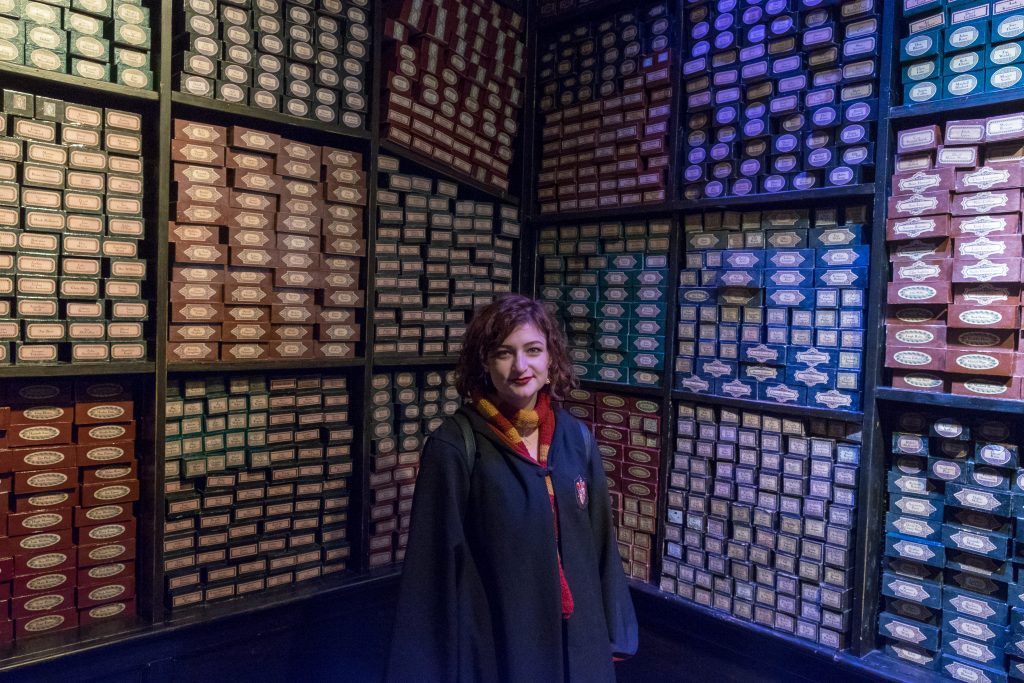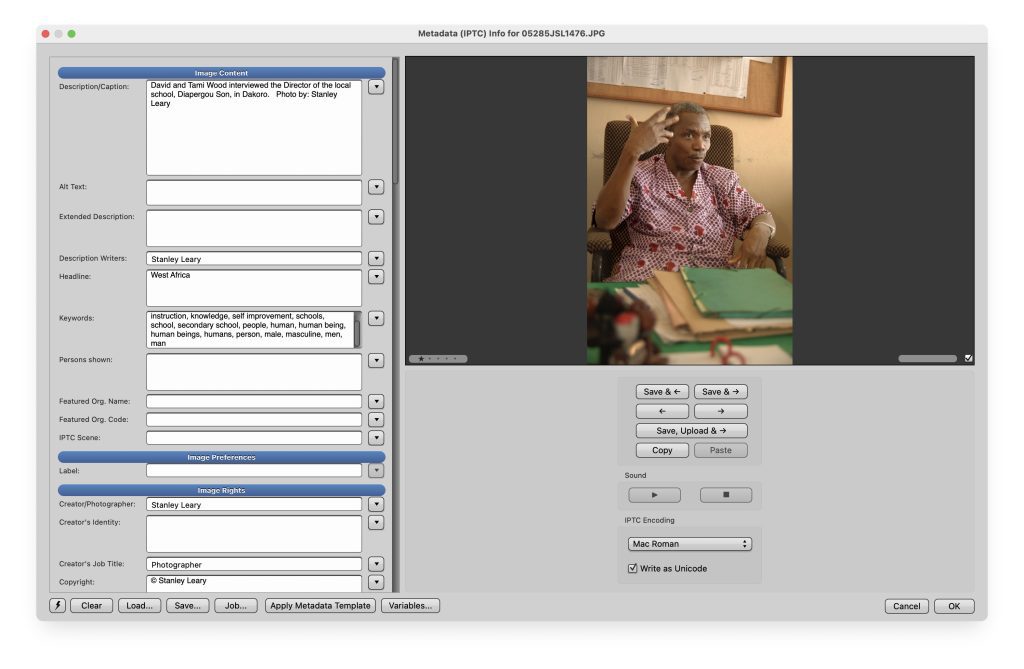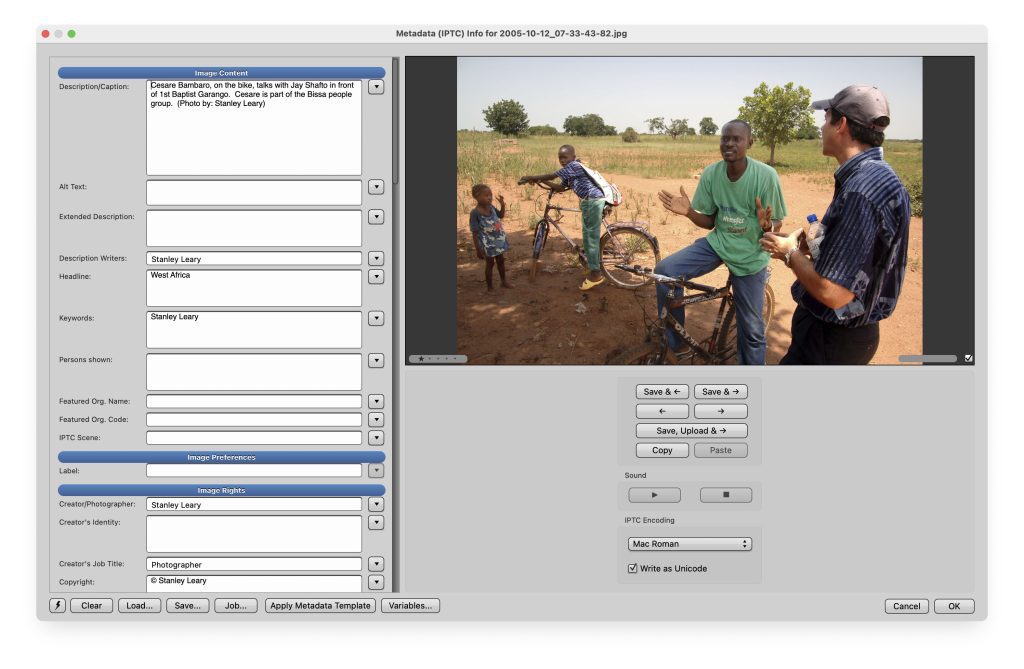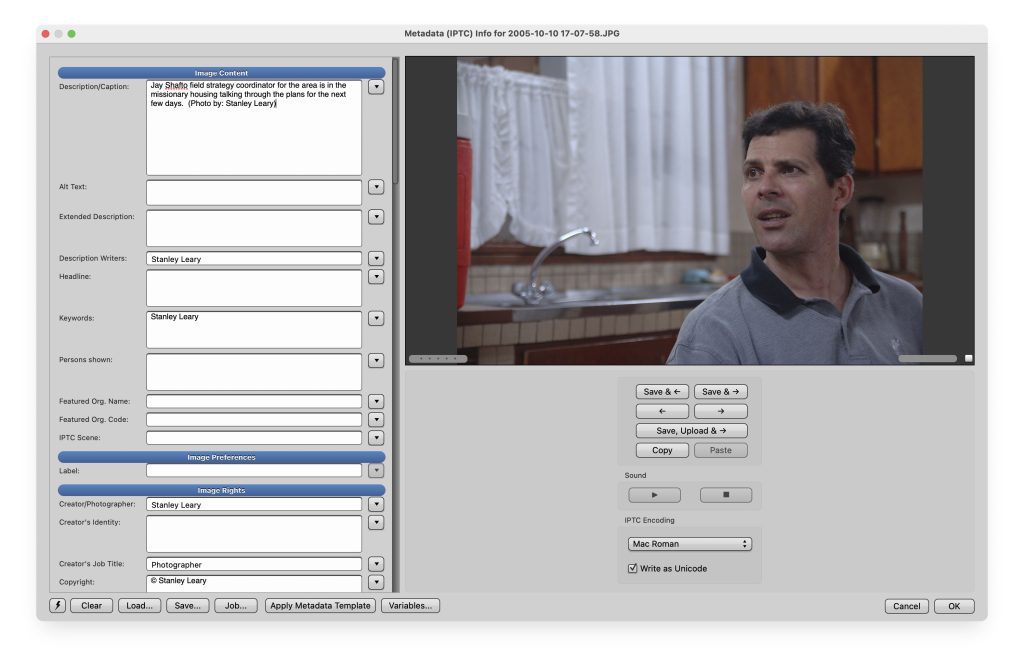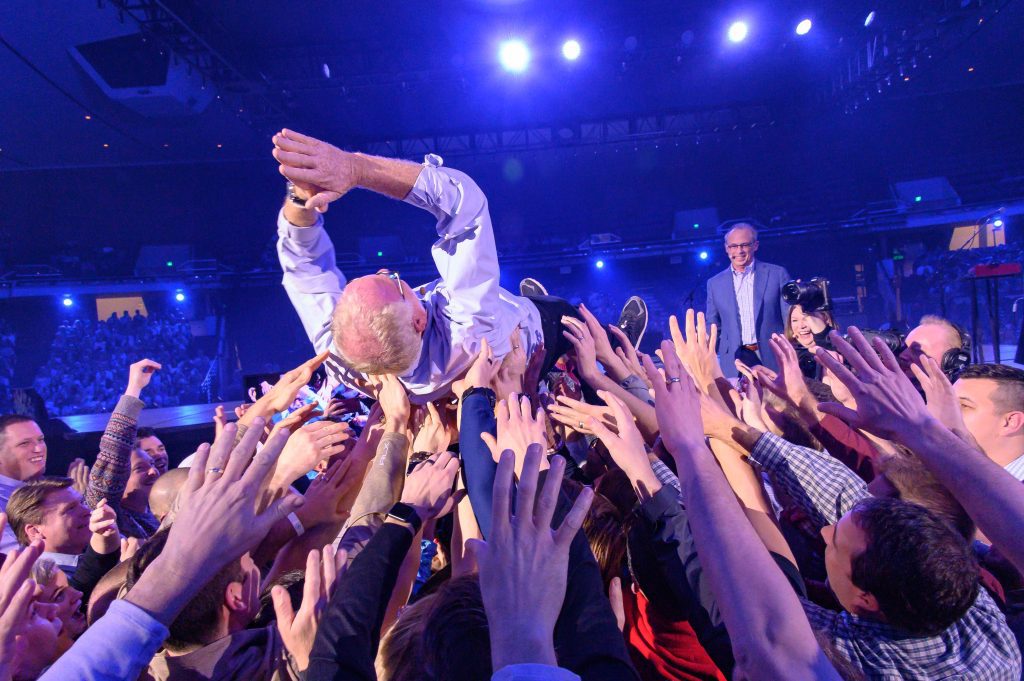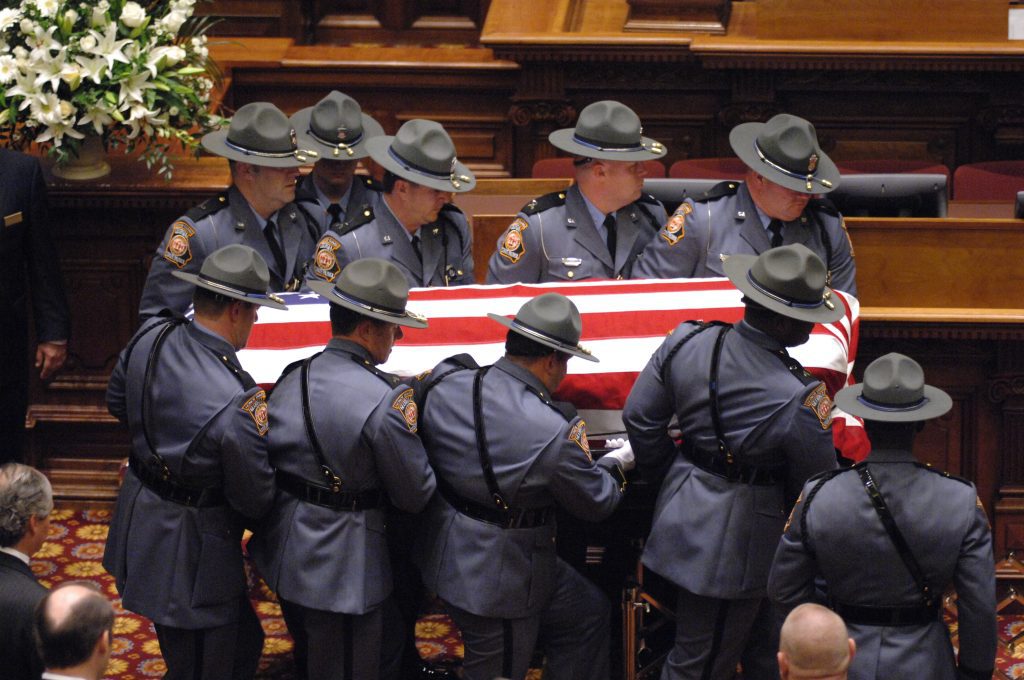Howdy, rodeo enthusiasts and photography lovers! Today is a special day for all the cowboys and cowgirls as we celebrate National Cowboy Day. What better way to honor the spirit of the Wild West than by capturing the excitement and energy of a rodeo through your camera’s lens? Rodeos are a captivating spectacle, filled with thrilling moments and displays of true grit and determination. So, if you’re planning to head to a rodeo event with your camera, here are some essential tips to help you capture those unforgettable moments:

1. Gear up for Action: Shooting a rodeo requires specific gear considerations. Ideally, a DSLR or mirrorless camera with interchangeable lenses offers versatility to adapt to different shooting conditions. A telephoto lens with a focal length of around 70-200mm or 100-400mm is recommended to get close-up shots of the action while maintaining a safe distance. A wide-angle lens can also come in handy for capturing the overall atmosphere and crowd.

2. Study the Scene: Before you start shooting, take a moment to observe the arena layout and understand the various events that will take place. Familiarize yourself with the patterns of the participants, so you can anticipate the moments when the action will be most intense. Be mindful of your surroundings and the potential hazards, as rodeos can be fast-paced and unpredictable.

3. Shoot in Burst Mode: Rodeo events happen quickly; missing that perfect shot is too easy. Set your camera to burst mode to increase your chances of capturing those split-second moments. This mode allows you to take multiple photos rapidly, increasing the likelihood of getting a sharp and well-timed image.

4. Focus on Emotions: A successful rodeo photograph not only freezes the action but also captures the emotions of the participants and spectators. Look for those intense expressions of determination, excitement, and even fear as they add depth and storytelling to your images.

5. Use a Fast Shutter Speed: Rodeo events involve fast and dynamic movements, so using a fast shutter speed is crucial to freeze the action. Aim for a shutter speed of at least 1/500th of a second or faster to ensure sharp images and avoid motion blur.
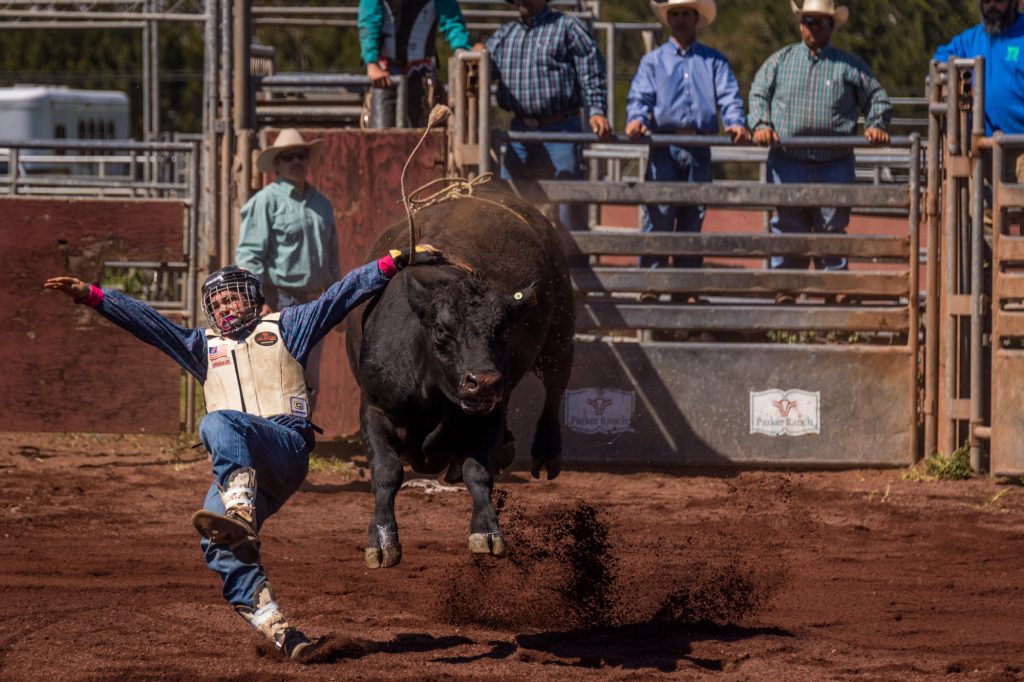
6. Pay Attention to Lighting: Rodeos are often held in open-air arenas, meaning lighting conditions vary throughout the day. If shooting during the day, take advantage of natural sunlight, but be mindful of harsh shadows. During evening events, you may need to bump up your ISO to maintain a fast shutter speed while controlling noise.
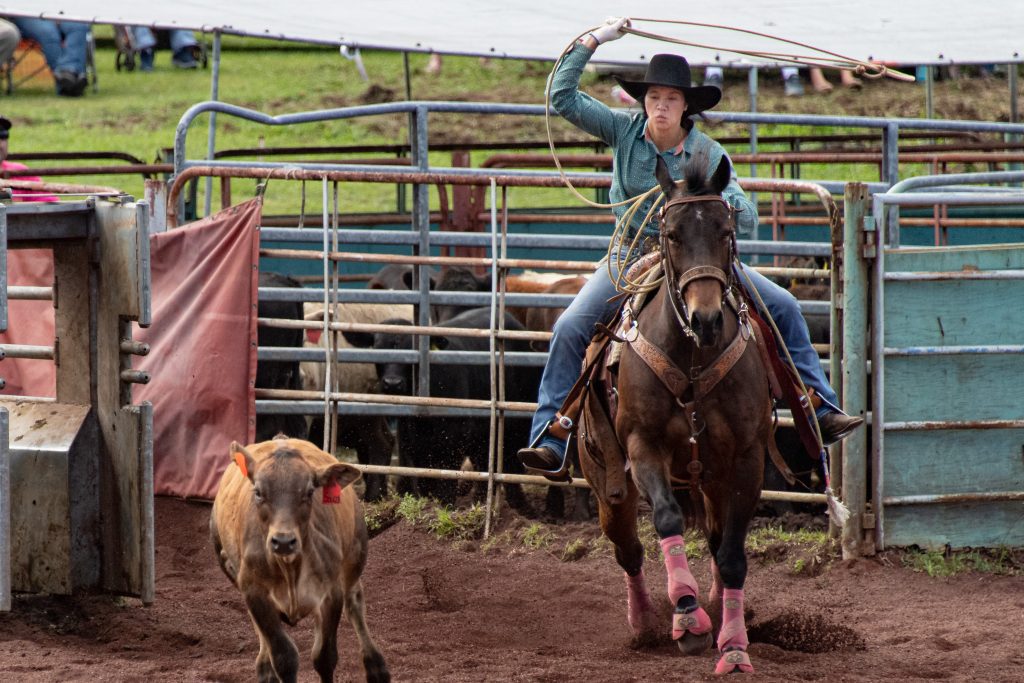
7. Focus and Composition: Keep an eye on your focus points, ensuring they are set on the most critical part of the action, such as the rider’s face or the horse’s eye. Use the rule of thirds to compose your shots and give them a more visually appealing balance.

8. Capture the Details: Rodeos are rich in details that contribute to the authenticity of the experience. Don’t forget to zoom in and capture the intricacies of cowboy hats, boots, lassos, and other rodeo equipment. These close-up shots can make for captivating and memorable images.
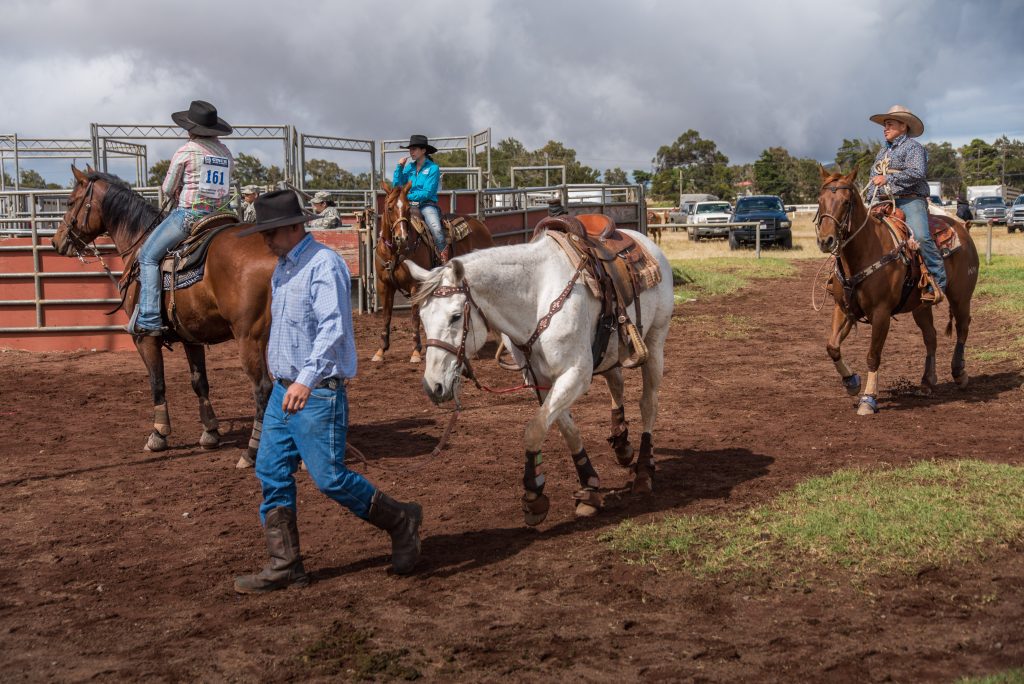
9. Respect the Participants: Remember that rodeo events involve real people and animals, and it’s essential to photograph them with respect. Avoid using intrusive flashes that might spook the animals or distract the competitors. Be mindful of your position and avoid obstructing the view of other spectators.

10. Tell a Story: Lastly, strive to tell a compelling story through your photographs. Aim to create a visual narrative showcasing the rodeo participants’ challenges, triumphs, and camaraderie. A well-curated collection of images that tells a story will truly bring the spirit of the rodeo to life.
With these tips in your saddlebag, you’re all set to capture the essence of National Cowboy Day at a rodeo event. So grab your camera, embrace the rugged charm of the Wild West, and immortalize the thrilling moments of these modern-day cowboys and cowgirls as they honor the traditions of the past. Happy shooting!





